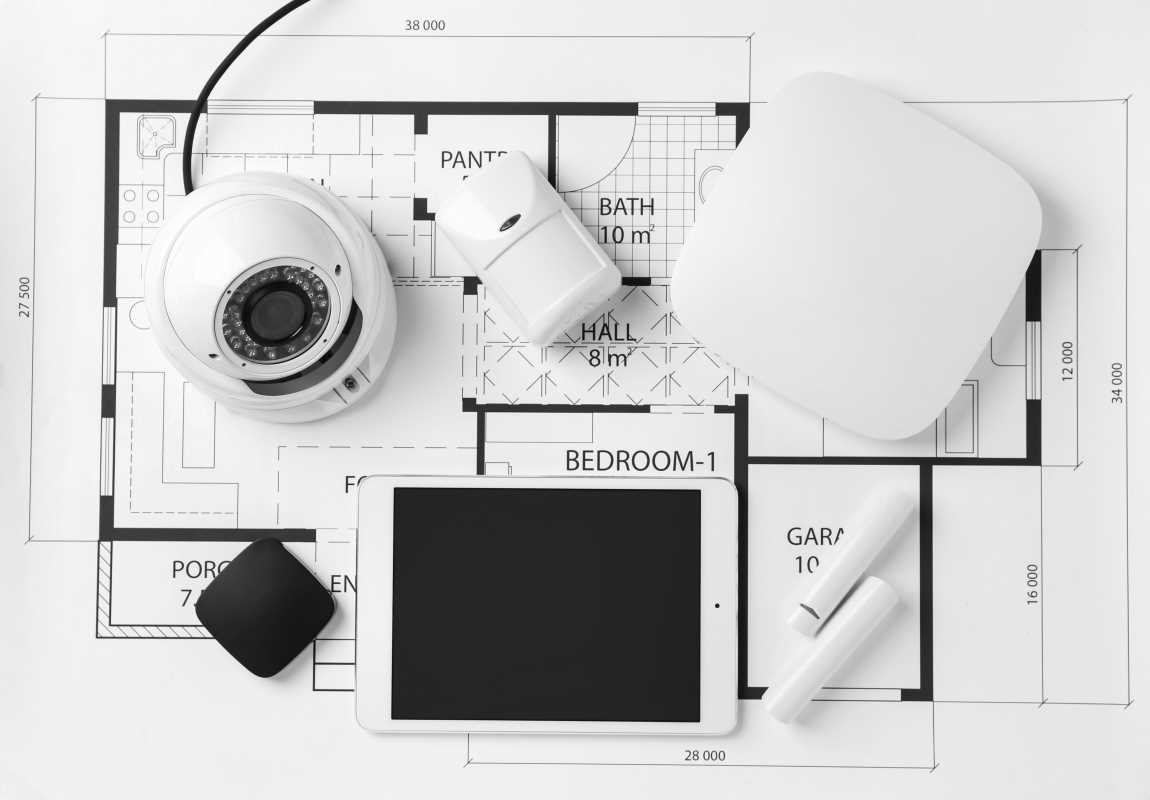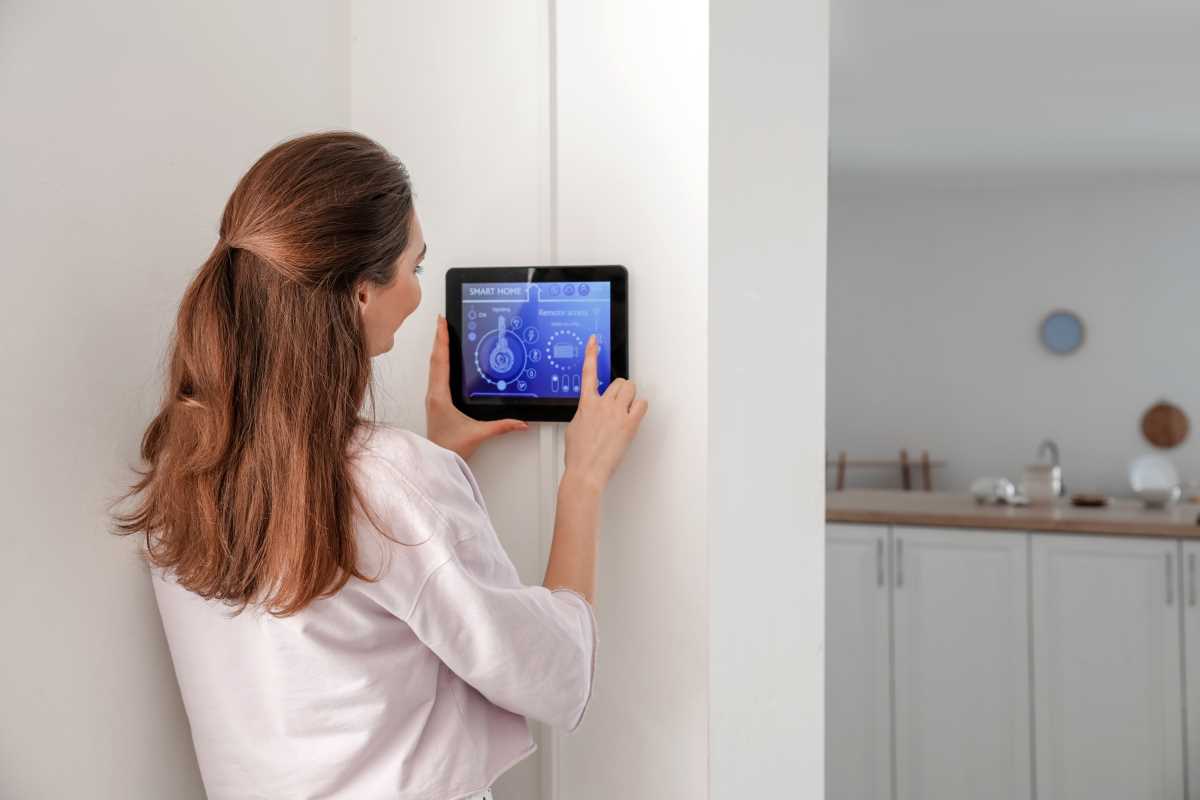Digital distractions can sneak into every corner of your home, making it tough to focus or relax. It’s tempting to keep scrolling through social feeds or binge streaming, even when you’d rather be reading a good book or spending time with friends. Taking control of technology doesn’t mean tossing every device—it just involves setting boundaries that fit your lifestyle. Here are a few tips to help you stay grounded in a world that never stops buzzing.
Identifying Your Main Distractions
A quick self-audit is a great place to start. Grab a piece of paper or open a note on your phone and list all the times you get caught up in digital distractions. Maybe you check email the moment you wake up or scroll through social media whenever you should be folding laundry. By spotting these patterns, you can start coming up with realistic solutions.
Think about the root cause of each distraction. Do you pick up your phone when you’re bored, or does a certain app keep pinging you with notifications? Knowing why it happens is half the battle. Once you see the big picture, it’s easier to decide which areas need some changes.
Creating Device Boundaries
Constant alerts can pull your attention away from what matters most. Setting ground rules for your devices can help you reclaim your time. Try these steps:
- Turn off unneeded notifications. Go into your settings and disable any pings that aren’t absolutely necessary. This cuts down on those tempting glances at your screen.
- Schedule screen-free hours. Pick certain times, like meals or the first hour after waking up, to stay away from devices.
- Use “Do Not Disturb” modes. Many phones let you silence calls and messages during custom hours, so you won’t be tempted at bedtime.
Minimizing distractions can also help you cut down on noise so you can focus on what really counts.
Designing Tech-Free Zones
A tech-free zone is any space in your home where screens aren’t welcome. You might decide that your dining table is off-limits for phones or that the bedroom is only for sleeping and reading printed books. Having these no-device areas can help you wind down and train your brain to associate certain places with calmer activities.
It doesn’t have to be complicated. Even a small corner of the living room can become a relaxation spot with comfy cushions, a few magazines, and maybe a puzzle on the table. Keeping chargers and TVs out of sight goes a long way in resisting the urge to “just check one thing.”
In shared spaces, involve your family or roommates in the decision to make certain areas screen-free. Clear communication about these boundaries ensures everyone respects the new rules, and it can encourage more quality time spent together.
Mindful Screen Time
Passive scrolling can eat up more hours than you realize. Sometimes you grab your phone to do one tiny task—like checking the weather—and before you know it, you’ve lost 20 minutes. Aim to use your devices with a specific purpose in mind. If you want to watch a video, decide what you’re looking for beforehand and limit your session once you’ve found it.
Reducing digital distractions can easily help you recover lost time. Even if you’re not currently in school, these tips can help you stay on track with any goal that requires concentrated effort. A little mindfulness goes a long way toward breaking those mindless tapping cycles.
Using Apps and Tools Wisely
Tech isn’t always the bad guy—it can also help you break free from digital overload. There are plenty of apps and built-in phone features that encourage healthier habits:
- Focus modes that block notifications from selected apps during certain periods
- Website blockers that keep you from visiting time-wasting sites
- Screen-time trackers that show exactly how long you spend on different apps each day
Small adjustments make a big difference. Even setting your phone’s display to grayscale for an hour might convince you to put it down sooner. When you use apps thoughtfully, they become allies in your quest for balance instead of constant distractions.
Building New Habits Gradually
Changing how you interact with technology won’t happen overnight, but small, consistent steps can make a lasting difference. Start by focusing on one or two areas, like creating screen-free zones or using an app to track your usage. Over time, these small changes will add up, and you’ll find yourself less dependent on your devices.
It’s also helpful to celebrate small victories. Successfully sticking to a screen-free dinner or completing a productive hour without checking your phone can motivate you to keep going. By being patient with yourself, you’ll make it easier to create habits that stick.
Staying in charge of technology doesn’t mean ditching your favorite streaming services or social apps—it just means deciding how, when, and where you want to use them. Try out different ideas, discover what feels right for your home, and remember that consistency beats perfection. By recognizing your triggers and designing your environment more carefully, you’ll find it easier to keep digital distractions at bay.







